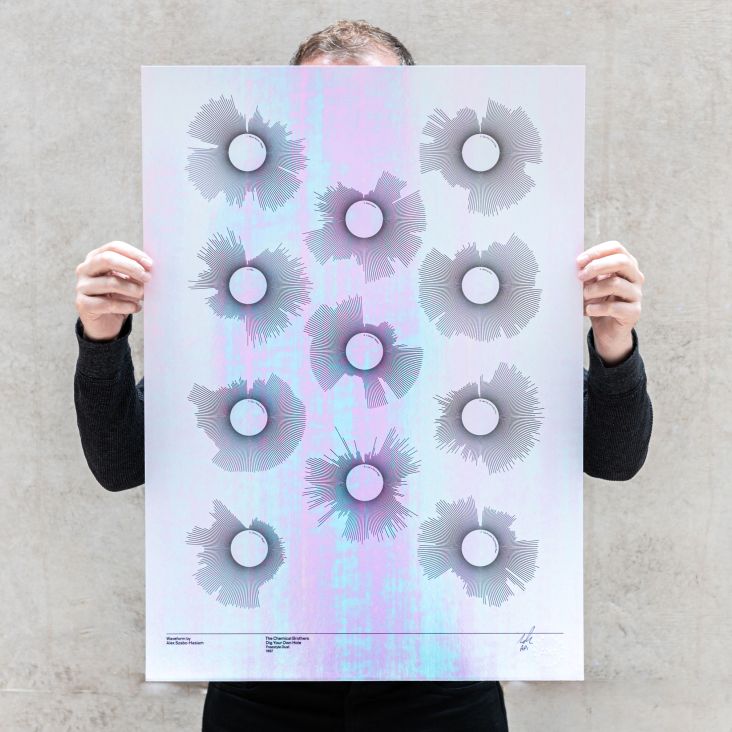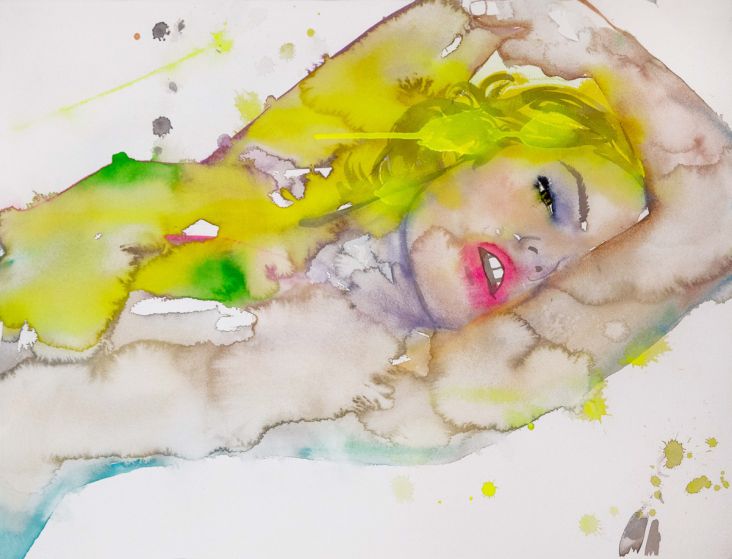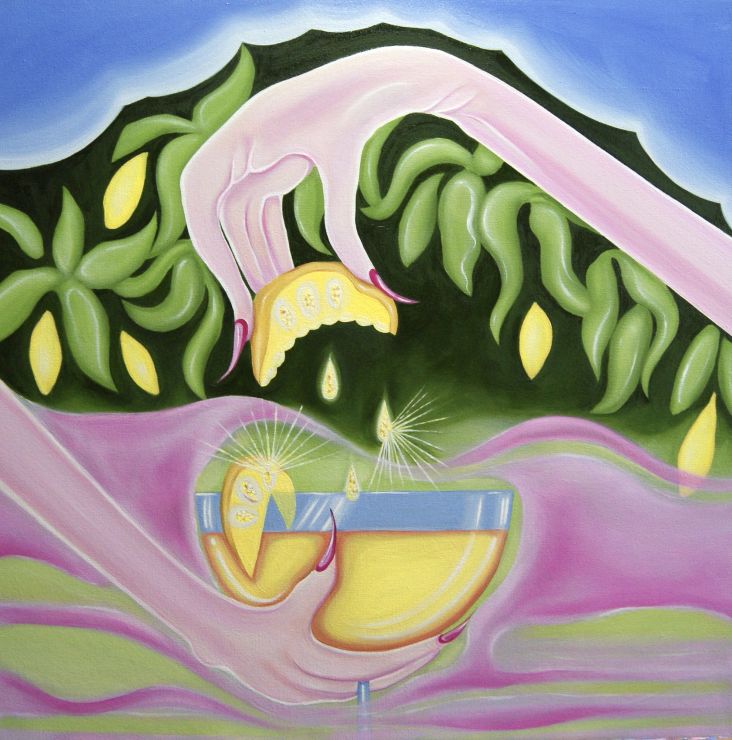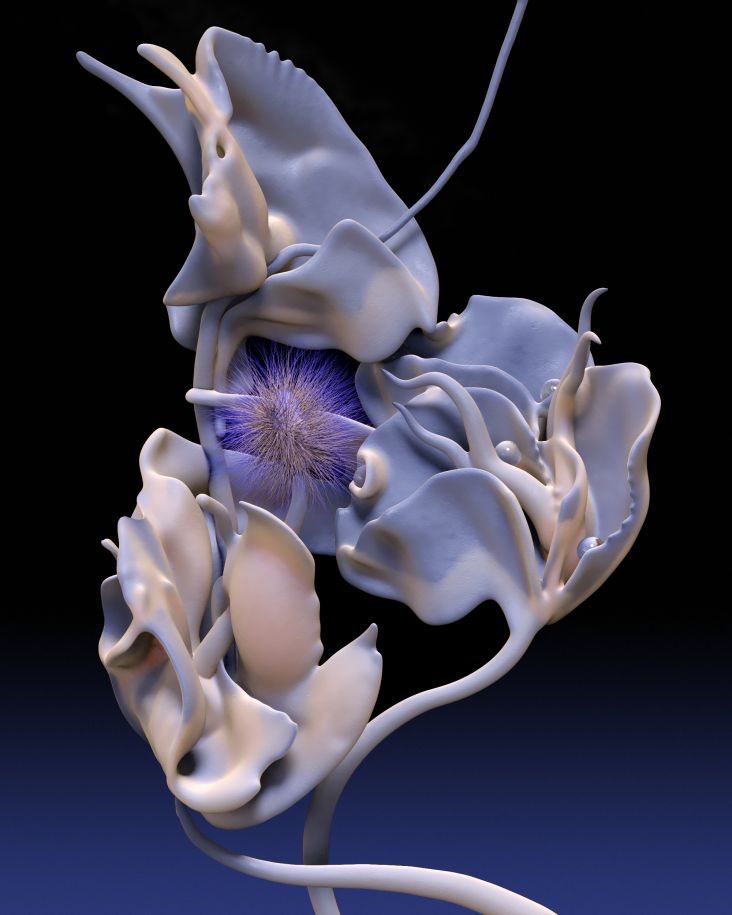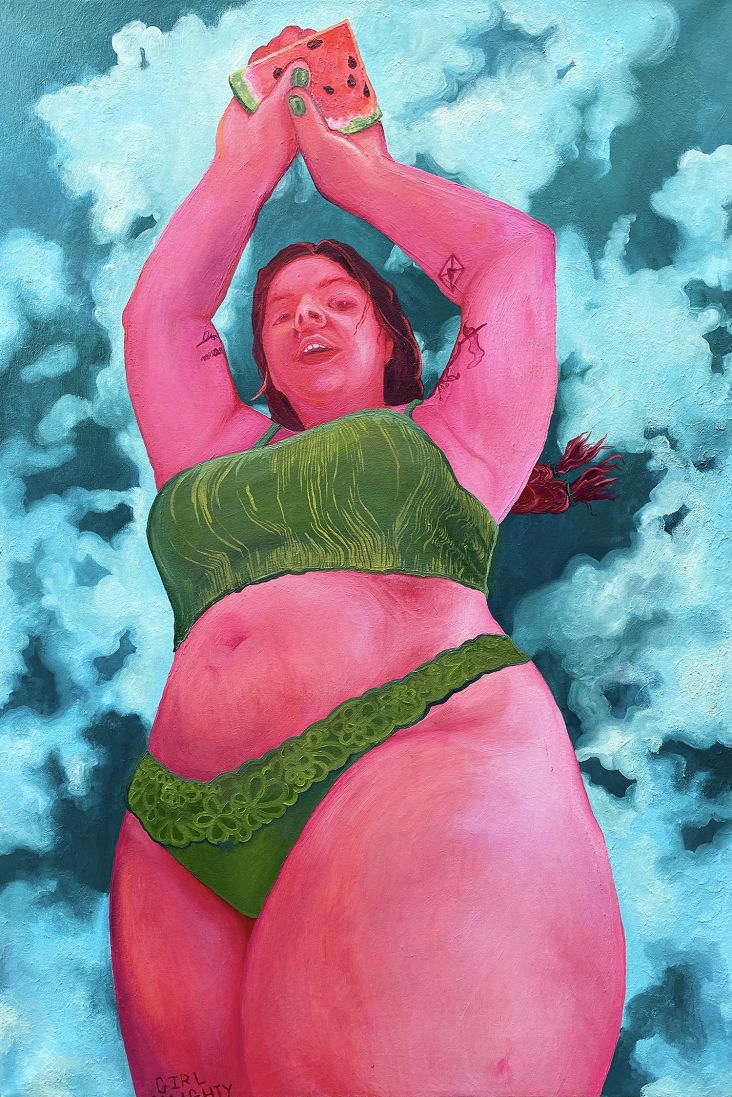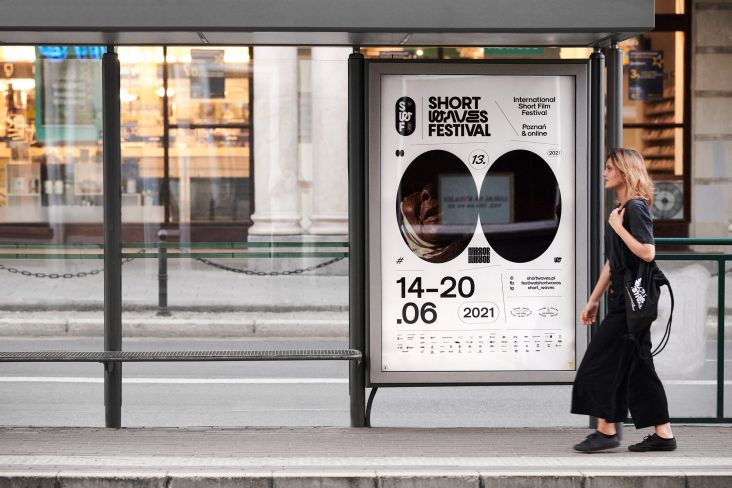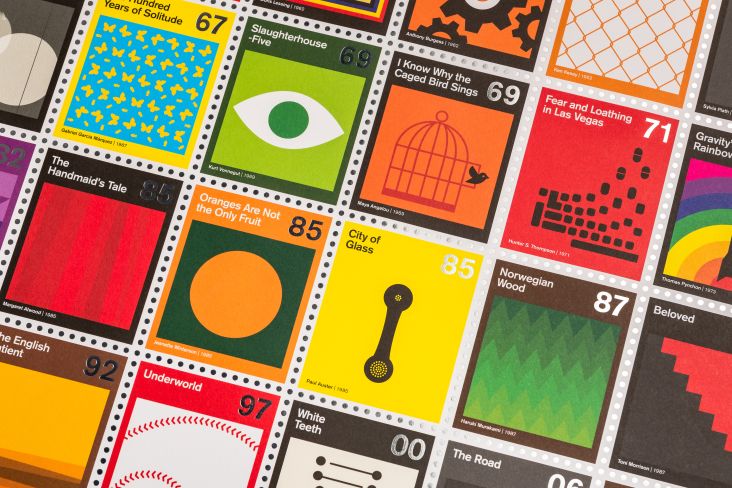Giggs Kgole pays tribute to his African ancestors in his first London solo exhibition
South African artist Giggs Kgole has already come a long way in a short space of time. Despite just being 24, he has racked up dozens of exhibitions and personal shows. For his first solo show at London's Signature African Art, Giggs explores his journey so far.
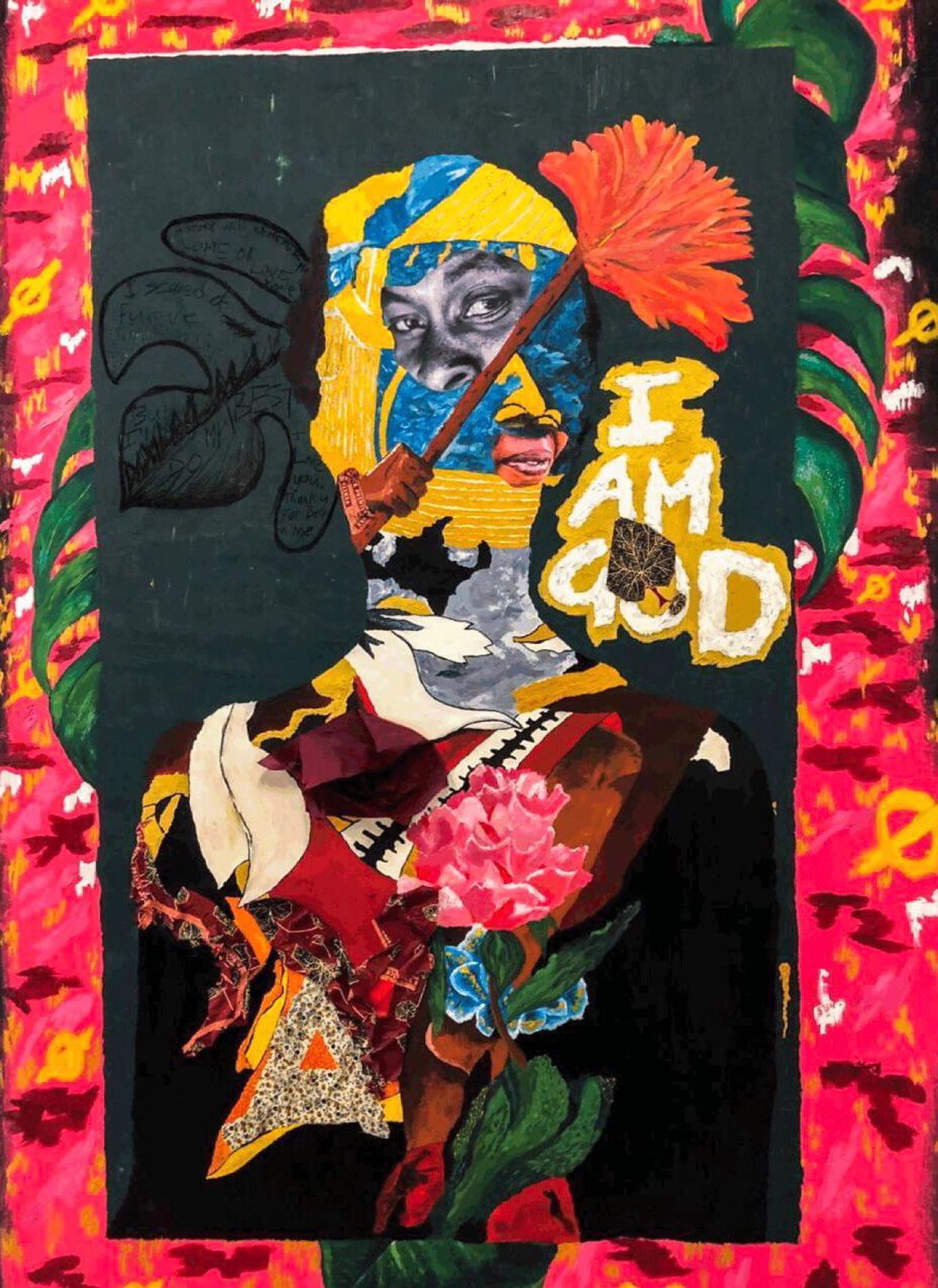
God Ke Mama, 2019 © Giggs Kgole
Titled Badimo Ba Kgole (Kgole's Gods), the exhibition runs until 30 October. In it, Giggs also pays tribute to his roots and heritage and reveals the influence that his ancestors from the rural village of Limpopo have had on his practice. Featuring over 15 new pieces of work, Badimo Ba Kgole details near-death experiences and moments of hardship from Giggs' life so far.
Fans of the rising star, who has already been crowned one of the Mail and Guardian's Top 200 Young South Africans, will be familiar with the style of composite photographic images and anaglyphs on display. So don't be surprised if you attend the exhibition and are handed a pair of 3D viewing glasses. It is all part of the experience.
If you're new to Giggs Kgole, though, we caught up with him to learn more about his life and to discover more about his exhibition.
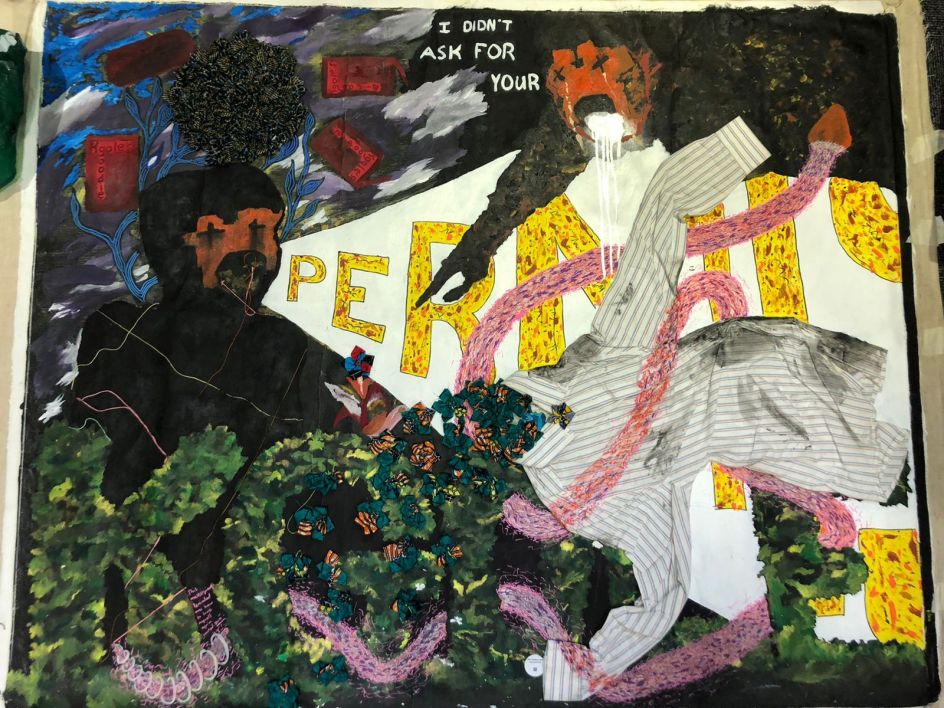
Yearn, 2021 © Giggs Kgole
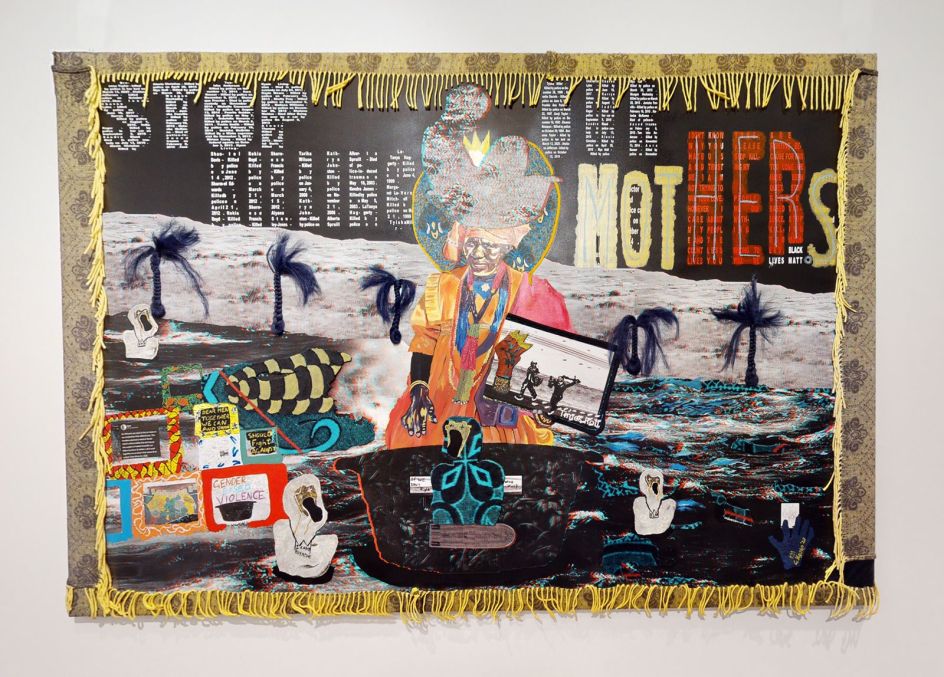
Boshielo, 2021 © Giggs Kgole
This exhibition is all about your personal journey. What have been the most pivotal moments of your career so far?
Art exists to reflect the societies we live in and the issues we face. My exhibitions have always communicated these realities through my own eyes and the people I have crossed paths with. However, my career's most recent pivotal moment was being part of Ava DuVernay's "Say My Name" in October 2020, then Maro Itoje's "A History Untold" in May 2021 at Signature African Art Gallery in London. Having that space to create and leave a meaningful impact has helped me enrich myself to contribute more to the world.
My first pivotal moment in my art career will always be when my artwork was exhibited at the Pretoria Art Museum as a 19-year-old who made it into the Sasol New Signature top 100 finalists in 2016. That moment sparked up the confidence I needed for the journey to come.
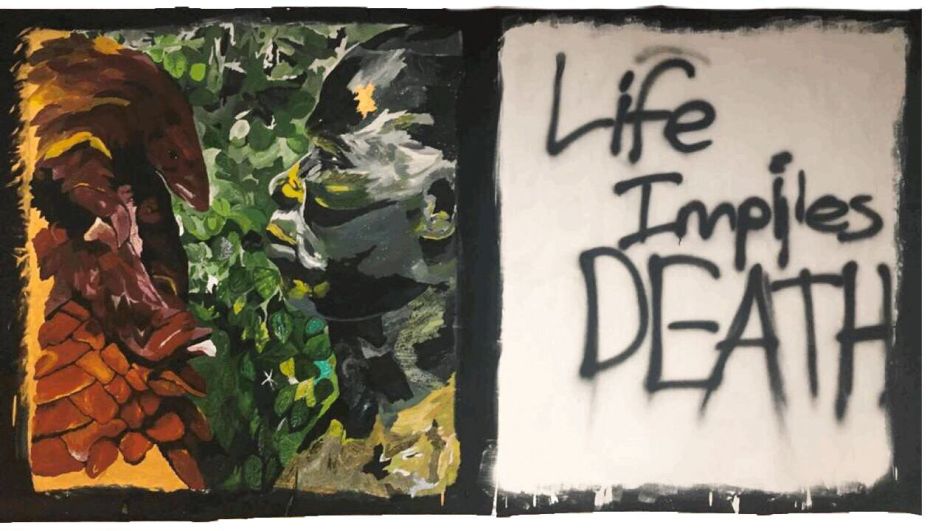
Life Implies Death, 2018 © Giggs Kgole
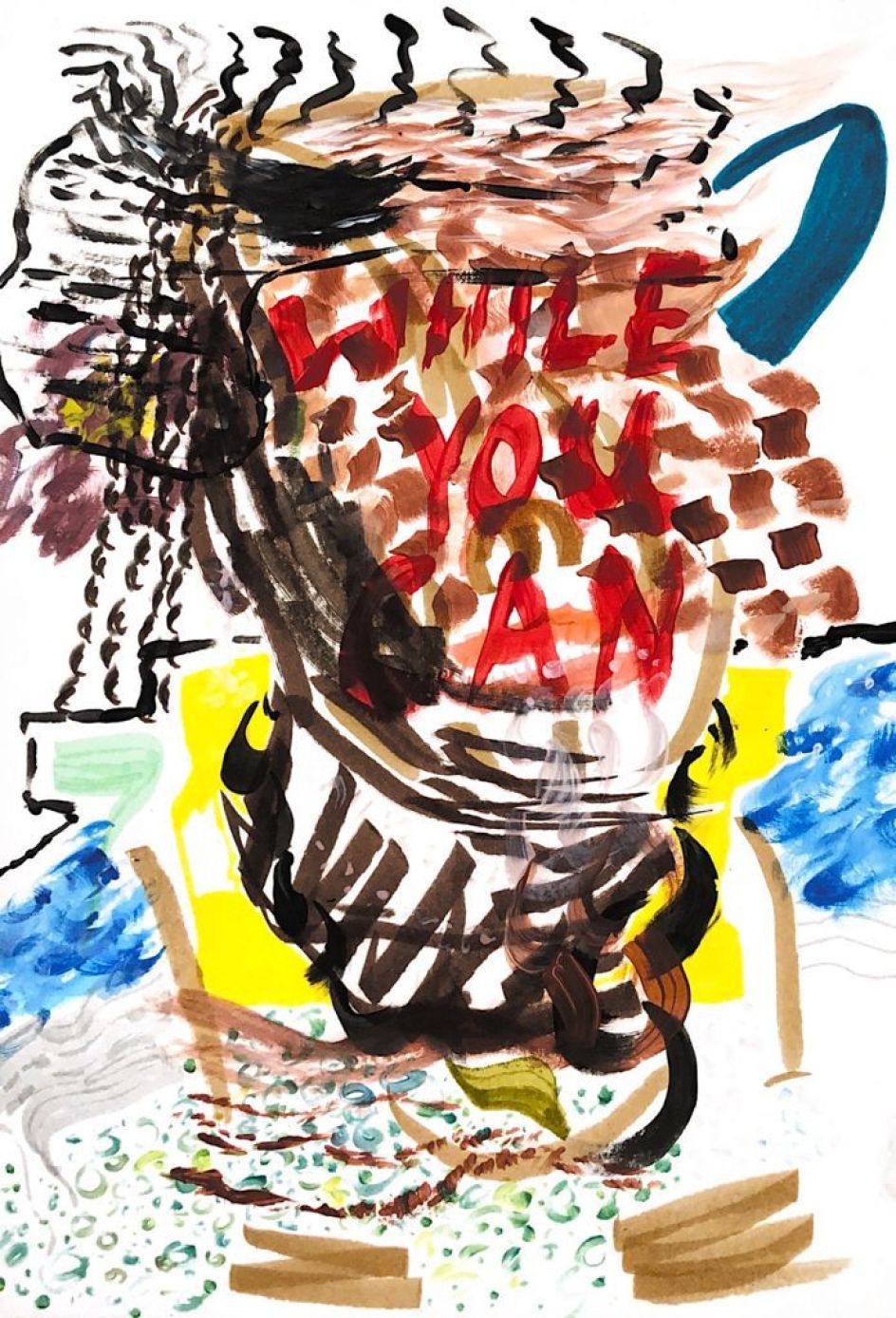
While, 2021 © Giggs Kgole
How would you describe your 'private world' that is on display at Badimo Ba Kgole?
I would describe it as a spiritual walk through a glimpse of my life. One of which has been a roller coaster of defying the odds stacked against me, yet also allowing myself to be a collector of perspectives. I have been able to gain wisdom that has given me the fuel to break through each ceiling I come to face as I reveal myself in the art world. These masterpieces challenge the viewer to look deep into the ripple effect we have as individuals.
In my case, I am one of the champions of the ripple effects of my ancestors who have travelled and survived the long journey of migration from central Africa into Southern Africa as herdsmen five centuries ago. They have carried art in their existence, and it is now passed down to me to use this talent to change lives. These works and the stories they carry are the catalysts to create a positive ripple effect in someone else's life.
Look at art history books. They don't cover a lot of African masters despite the contributions they made to the world. My generation will use all the power we have to paint our histories.
Your work is characterised by the use of 'Anaglyphs'. What are they?
In 2011, in eighth grade, I wanted to create a sculpture for my art project. Unfortunately, as a 14-year-old, I didn't have the money for the materials I needed. My art teacher then told me to turn to the internet and research different solutions. I hadn't used the internet in my life before, so I spent the next two months getting myself accustomed to using a computer and search engines. Diving into this infinite world of discovery, I then proceeded to learn what sculpting entailed, and I came across the words "stereoscopes", "illusions", and "Anaglyphs". I then spent the next five years teaching myself how to make 3D movies viewed with polarised glasses in my spare time.
In my final year of high school in 2015, I told my art teacher that I didn't really want to go up against Hollywood production teams to create 3D films, but I wanted to create 3D films through coloured lenses. When I mentioned that, she then explained a whole life story of how she used to enjoy spending hours on the fields watching these movies and films on these filter lens changers. Seeing her passionately talk about her experience made me realise that I wanted to create artworks that would inspire the same amount of happiness.
Being the overly ambitious 18-year-old I was, I developed my Anaglyph technique and created a short film regarding my initiation process when I was a 12-year-old boy. A year after that film, I wanted to turn the moving images into still ones, which still acted as a film, so I learned how to print out my Anaglyph stills. I use Anaglyph not only as a looking window into the deeper meaning of the work but merely because the moment I saw how happy my art teacher was when I pitched the concept, I knew that was the same amount of happiness I wanted to bring out into the world with whatever masterpiece I create using this technique.
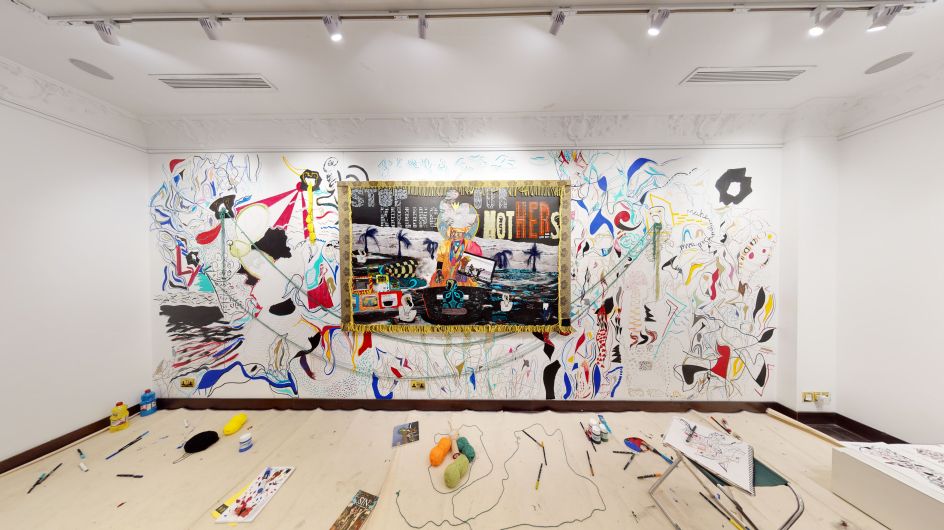
Badimo Ba Kgole by Giggs Kgole at Signature African Art, London, Photo © Mora Ltd
Jean-Michel Basquiat is your favourite artist. How has he influenced the development of your work?
I think Basquiat has influenced my perspective on what it is we deem impossible, and learning about his journey has allowed me to continue to paint my truth. Growing up in South Africa in my neighbourhood and township of Tembisa and Kutupu Village, I've always been called "Morena", which means Lord. Being referred to by that term by friends, family and acquaintances from a young age till my 20s, I always thought I was a lord with no crown. Until I watched a documentary about Basquiat when I was 21 years old, which was the first time I came across his works. After seeing the crown in his masterpieces, I realised that I would love to pay homage to Basquiat's spirit and the people who have called me "Morena Kgole" all my life.
You want to become one of Africa's leading artists by the time you turn 30. Do you feel you're on course to achieve that?
Well, I am 24 years old now and coming from a disadvantaged background, I've achieved a lot in the last five years of my professional career. I am not worried about that personal milestone as I don't know what the future holds. However, I know that I won't give up on my mission to impact people's lives with my stories, presence and masterpieces.
I am grateful for the journey of exploring the world through my passion, but the fight continues as I know that I have the potential and standing to become one of the world's leading artists. When that day comes, and all the eyes and ears are open, I will continue to channel all that attention back into the African continent to have more young masters be inspired. Look at Art History books. They don't cover a lot of African masters despite the contributions they made to the world. My generation will use all the power we have to paint our histories.

















